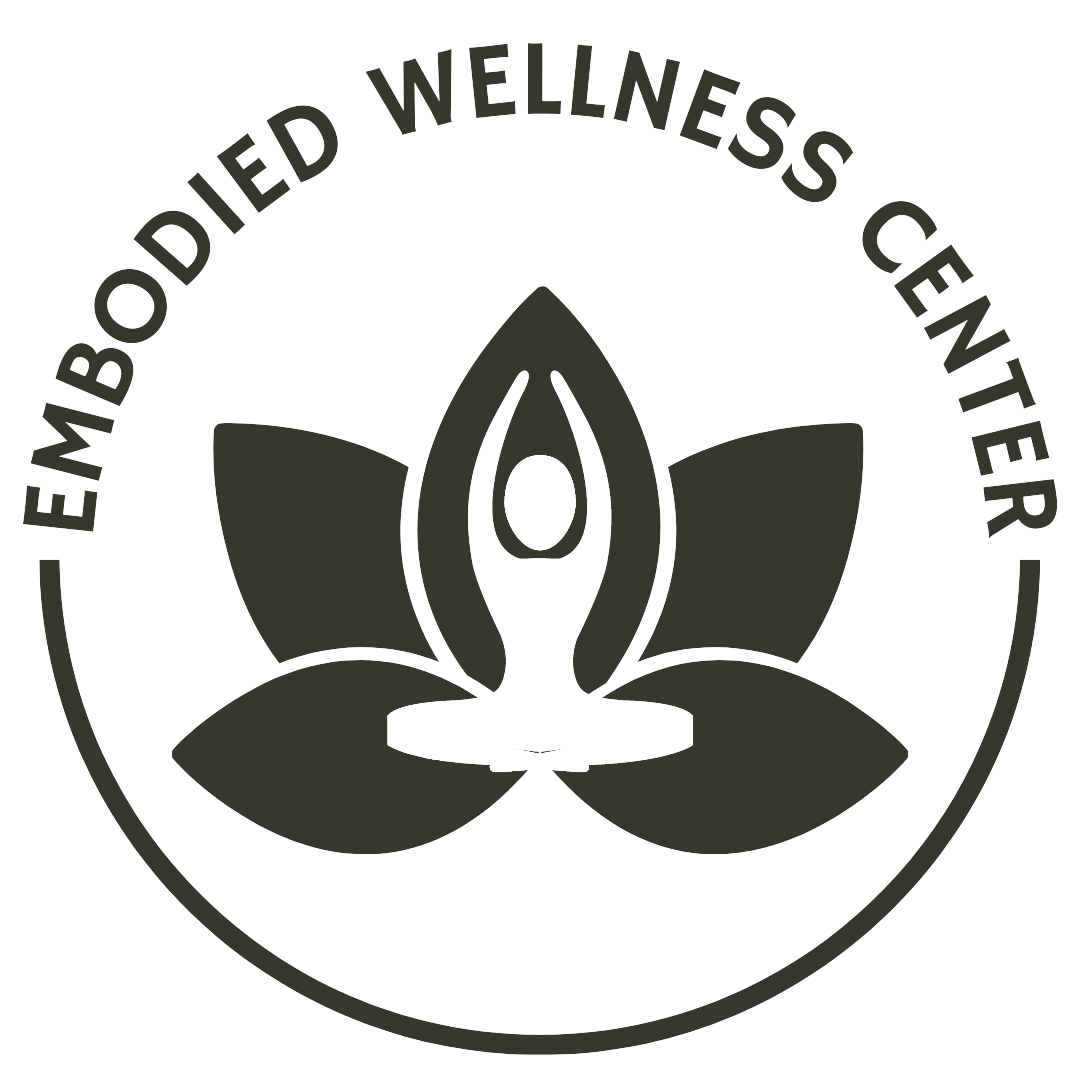5 Yoga Poses For Emotional Release

Our bodies are the containers of our emotions. Emotions begin as physical sensations before we are even consciously aware of them. When emotions go ignored or unprocessed, they can get stuck in our bodies, leading to tension, pain, or even illness. Most of us carry emotions in the hips, stomach, or shoulders.
Restorative yoga is a gentle and effective practice for releasing emotions stored in the body. Restorative yoga involves moving through gentle poses and staying in each pose for longer periods of time. By staying in supported poses for longer periods, you create space for deep relaxation and emotional release. Props like blocks, bolsters, blankets, or even household items such as books or cushions can help you fully surrender into the poses. Don’t worry if you don’t have these props at home– you can always use books, couch cushions or pillows, blankets, or a rolled up scarf or beach towel. Aim to hold each posture for at least two minutes, maintaining mindful awareness of your body or breath. If you notice your mind wandering, nonjudgmentally and gently guide your attention back to the present moment.
Five Yoga Poses To Facilitate The Release of Emotions:
1
Supported Fish Pose (Matsyasana)
Supported fish pose is a heart-opening posture that releases tension in the chest and shoulders, common areas where we may hold onto sadness, grief, anxiety, and sadness. Supported fish pose helps to open up the shoulders, chest, and throat region while simultaneously stretching the lower back.
How to Practice:
-
- Create a “T” shape with blocks, with the horizontal edge underneath your head, and the vertical edge between your shoulderblades.
- Lie down onto the blocks with your arms extended out to the sides.
- You can find any variation with the legs: you can bend your knees and place the soles of your feet on the ground, extend them long, or add a hip opener by placing your legs in bound angle pose with the soles of your feet together and your knees wide.

2
Supported Bridge Pose (Salambha Setu Bandasana)
This grounding pose stretches the hip flexors and lower back, which is where we tend to hold onto stress, trauma, and fight-or-flight responses.
How to Practice:
-
- Lie on your back with your knees bent and your feet on the floor.
- Lift your hips up and place a block under your sacrum at any height.
- Make sure your lower back is fully supported by the block and not hanging off the block.

3
Sleeping Pigeon Pose (Eka Pada Rajakapotasana)
Half pigeon provides a deep hip opener that can access layers of tension and unprocessed emotions.
How to Practice:
-
- Start in downward facing dog.
- On your inhale. lift your right leg into a three legged dog.
- On your exhale, lower your knee toward your wrist, working your shin as close to parallel to the front edge of your mat as you can without experiencing pain or significant discomfort.
- For extra support, place a block under your right hip. If you have another block, you can place it under your forehead, or you can stack your fists and place them under your forehead so you can fully surrender into the pose.
- Repeat on the other side.

4
Supported Sphinx Pose (Salamba Bhujangasana)
This gentle backbend stimulates the stomach and solar plexus, areas that are connected to our sense of power and self-worth, and areas where we tend to hold onto anxiety and stress.
How to Practice:
-
- Lie on your stomach in crocodile pose.
- Place a bolster at your solar plexus, the area between your navel and your ribcage, to stimulate the stomach.
- You can also rest your forehead on any additional props you have to help you release tension in the neck.

5
Supported Supine Twist (Supta Matsyendrasana)
Supported supine twist pose helps with detoxification, digestion, and emotional release in the stomach area.
How to Practice:
-
- Lie on your back and hug your right knee into your chest.
- Extend your knee towards the left side of your mat with a prop underneath it.
- Extend your arms out to a “T” shape and extend your gaze over your right shoulder.
- Repeat on the other side.

Always listen to your body. If you have any medical conditions or injuries, consult with a doctor before trying restorative yoga. These are not a prescription for every body. For personalized recommendations, schedule an appointment to explore how to release emotional tension and support mind-body healing.
*Disclaimer: The content posted on this website is for marketing and educational purposes only. It is not, nor is it intended to be, psychotherapy or a replacement for mental health treatment. Please seek the advice of your licensed medical or mental health professional, and do not avoid seeking treatment based on anything read on this website.



